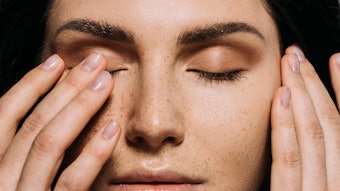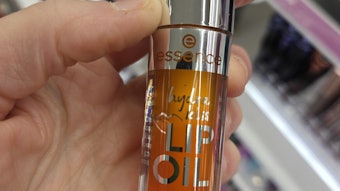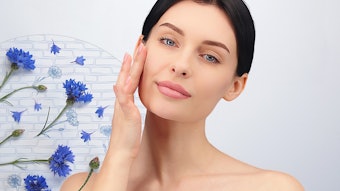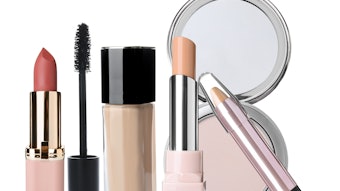
WHAT IS CLEAN BEAUTY?
Clean Beauty is all about ingredient safety over source, incorporating both synthetic and natural materials. While it may be a surprise to many, natural ingredients are not all safe, and synthetic ingredients are not all unsafe. With Clean Beauty, brands are focused on not using materials that are known to be harmful or irritating but instead ones that are safe and efficacious.
WHY DO SILICONES FIT INTO CLEAN BEAUTY?
Along with their safety, enhanced performance of active ingredients, compatibility with other materials such as naturals, and the unmatched sensory acceptance, silicones are extremely valuable and desired for cosmetic formulations. Besides the basic cosmetic products, silicones are used extensively in OTC, baby care, medical applications, and sensitive skin products due to their non-irritating characteristics. Silicones are also not animal derived and therefore approved by Vegans as cruelty free materials. They are not related to palm and RSPO issues and are certified as GMO free. The types of silicones used in cosmetic products are supported by scientific research and are considered extremely safe for consumer use. Silicones are effective, inert, and versatile ingredients that benefit skin and hair in numerous ways.
Silicones: Rethinking Clean and Safe Beauty article
SILICONE FACTS AND EDUCATION:
- Derived from sand, silicones have been used in the personal care industry since the 1970’s
- Concluded by major health agencies that cyclomethicones (a type of silicones) are extremely safe for topical human use
- European Commission’s Scientific Committee on Consumer Safety
- UK Environment Agency
- Health Canada
- Cosmetic Ingredient Review Expert Panel (CIR)
- Australian Inventory Multi-tiered Assessment and Prioritization
- Health Canada concluded that cyclomethicones (type of silicones) have low to no risk for environmental concern and that no restrictions are necessary
- Contrary to what the popular press may communicate, silicones are not occlusive and protect the epidermis with a breathable silky barrier
- The assumption that silicones are not degradable is largely based on misconception. Silicones are removed by mechanisms such as partitioning to air followed by atmospheric degradation.
- What happens in the environment? Highly volatile, D5 (a type of silicone) evaporates rapidly and degrades in air under the influence of sunlight. The small amounts that may remain in soil degrade, and in water they hydrolyze. Silicones are degradable and sustainable presentation
- Claims that silicones in any form cause or worsen skin concerns have not been substantiated in any published research, nor have reports that silicones are sensitizing to or somehow “suffocate” skin. In fact, just the opposite is true which makes the misinformation difficult to understand. Almost all of the claims about silicones being problematic for skin are apparently myths or based on anecdotal evidence.
- There are many types of silicone-based ingredients and not all should be classified the same way. Silicone reactive intermediates are very different from silicone elastomer polymers and silicone cyclic and linear fluids.
To learn more about silicones and Clean Beauty 101 please visit www.grantinc.com/cleanbeauty
Disclaimer:
The above paid-for content was produced by and posted on behalf of the Sponsor. Content provided is generated solely by the Sponsor or its affiliates, and it is the Sponsor’s responsibility for the accuracy, completeness and validity of all information included. Cosmetics & Toiletries takes steps to ensure that you will not confuse sponsored content with content produced by Cosmetics & Toiletries and governed by its editorial policy.









